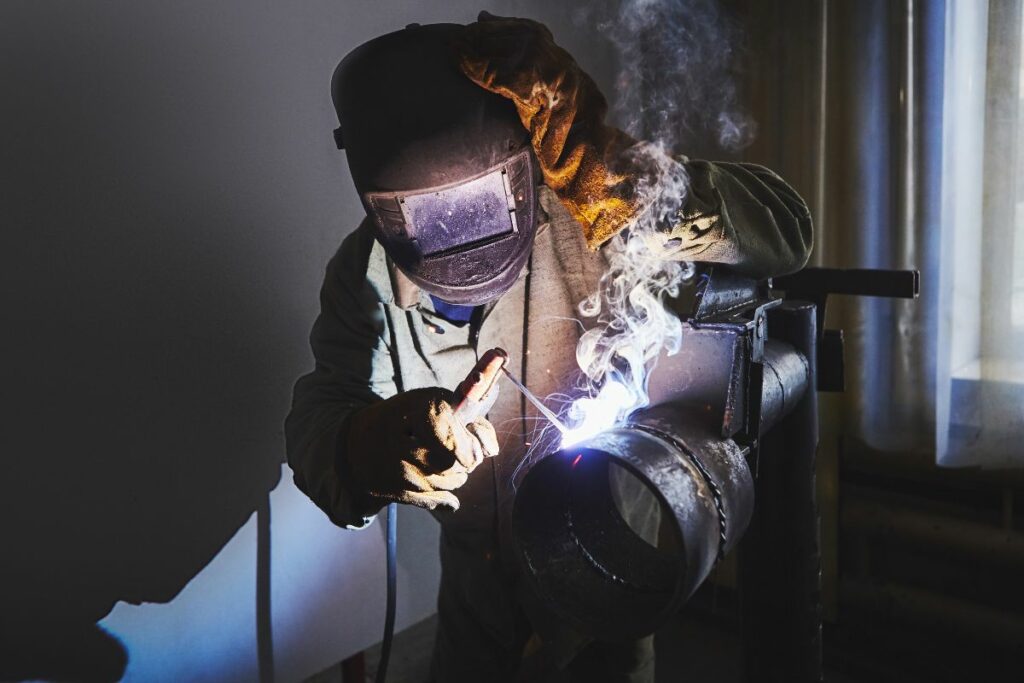
Welding is an essential skill in various industries such as manufacturing, architecture, automotive, and aerospace. The quality of a weld can directly impact the structural integrity and longevity of a product. To ensure that your welds meet the highest standards, it’s critical to implement effective quality control measures. In this blog, we’ll explore some key tips for crafting the perfect weld and maintaining strict quality control.
Before diving into quality control, it’s essential to have a good grasp of the welding process. Different welding techniques, such as MIG, TIG, and stick welding, require specific skills and knowledge. Each method comes with its own set of advantages and limitations, so choose the one that best suits your project. Understanding the basics lays the foundation for achieving high-quality welds.
Quality welds start with quality equipment. Investing in a reliable welding machine, appropriate electrodes, and shielding gases is necessary. Regular maintenance and calibration of welding equipment are equally important. Any deviation in the settings can lead to poor weld quality. Periodically check and calibrate your equipment to ensure consistent performance.
One of the most common reasons for subpar welds is inadequate cleanliness. Before starting the welding process, make sure the workpieces are clean and free of contaminants. Remove rust, paint, oil, and any other substances that can meddle with the welding arc. Additionally, ensure that the welding environment is free from dust and debris that could compromise the quality of the weld.
Precise control of welding parameters is vital for achieving high-quality welds. Factors such as voltage, current, travel speed, and electrode angle can significantly impact the outcome. Refer to welding procedure specifications (WPS) and adhere to recommended settings for the specific materials and joint configurations. Keep a close eye on these parameters throughout the welding process to maintain consistency.
Implement a thorough inspection process to catch potential issues early on. While visual inspections can reveal surface imperfections, incomplete penetration, or other visible defects; non-destructive testing methods like ultrasonic testing or X-ray inspections can be used to detect internal flaws that may not be visible to the naked eye. Regular inspections are critical for ensuring the integrity of the weld and the overall quality of the finished product.
Your skills as a welder play a crucial role in shaping the quality of the final weld. Invest time in comprehensive training, focusing on mastering proper techniques and diligently following welding procedures. Consider pursuing certification programs like those offered by a certified welding school to validate your skills and align yourself with industry standards. Your commitment to ongoing development ensures that each weld you produce meets the highest quality standards, contributing directly to the success and safety of your projects.
Maintain detailed records of your welding work, including the settings you use, results of inspections, and any problems you encounter. Analysing this information regularly may identify certain patterns or issues. By keeping good records and learning from your experiences, you can improve your welding skills and consistently produce high-quality welds.
Crafting the perfect weld requires a combination of skill, knowledge, and a commitment to quality control. By understanding the basics of welding, investing in quality equipment, prioritising cleanliness, controlling welding parameters, conducting regular inspections, pursuing training and certification, and documenting and analysing weld data, you ensure your welds will meet the highest standards. Consistent application of these tips will not only result in superior weld quality but also contribute to the overall success and safety of your projects.